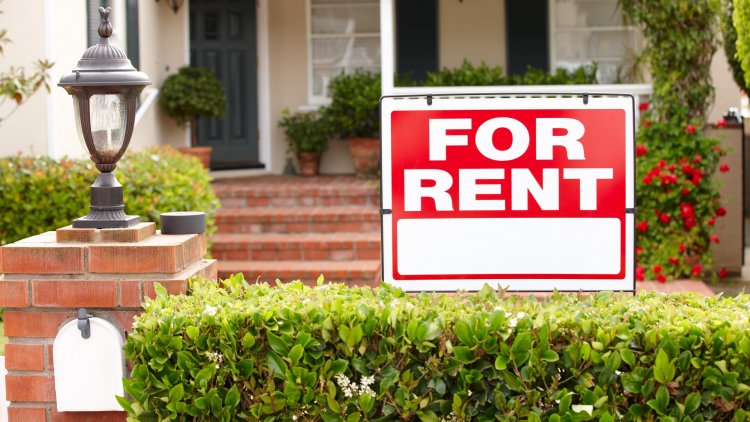Maximizing Rental Income: 12 Strategies for Setting the Right Rent and Minimizing Vacancies
Maximizing rental income involves a multifaceted approach. By conducting thorough market research, managing operating costs, and implementing effective marketing and tenant retention strategies, property owners can set the right rent and minimize vacancies, ultimately optimizing their rental income.

Setting an optimal rent and minimizing vacancies are vital for maximizing rental income.
A successful strategy entails weighing factors to strike a balance, attracting tenants while ensuring profitability.
As a property owner or manager, the aim is to maintain high occupancy by minimizing vacancy rates throughout the year.
There are several strategies you can employ to achieve this goal, including:
1. Market research and analysis
Begin by researching the local real estate market to understand current rental trends, demand, and competition. Analyze similar properties in the area to determine a competitive yet lucrative rental rate.
Also, research local rent prices when you find out that your tenants are not staying past their lease. That might mean that you may be charging too much rent or raising rent costs too much at the end of the lease term. Find out what your competitors are charging to see if you can offer your tenants a better deal.
2. Evaluate property features
Assess the unique features and amenities of your property. A well-maintained and upgraded property can justify higher rents. Consider factors such as location, proximity to public transport, schools, and shopping centers.
To add to that, timely repairs are very important. One of the most common reasons for vacancies is infrequent or nonexistent repairs. Invest the time and the money that are necessary to keep your rental units operating in top condition
3. Spruce up the exterior
In addition to elevating property features, you need to frequently paint or otherwise maintain the exterior. If a dwelling looks shoddy, people will not want to live there. Landscaping is also very important in attracting and keeping new tenants. Even though you may not live at your rental property, try to make it as "homey" as possible.
4. Factor in operating costs
Calculate your operating expenses, including property taxes, insurance, maintenance, and utilities. Ensure that the rental rate covers these costs while leaving room for profit. A clear understanding of your financial obligations helps in setting a realistic rent.
5. Be mindful of tenant budgets
While aiming for optimal rent, it's essential to consider the financial capacity of potential tenants. Setting an excessively high rent may lead to extended vacancies, impacting overall income. Strike a balance that aligns with market rates and tenant affordability.
6. Offer incentives and flexible lease terms
To attract tenants and minimize vacancies, consider offering incentives such as move-in specials, discounts for longer leases, or including utilities in the rent. Providing flexibility in lease terms can also appeal to a broader range of tenants.
If a large number of tenants are leaving, offer them an incentive to stay. For example, if they sign another six-month lease, offer them a reduction in one month's rent. You can also try offering free gifts with a new rental, such as household appliances.
7. Regular maintenance and upgrades
Investing in regular maintenance and upgrades enhances the property's appeal, potentially justifying higher rents. Well-maintained properties attract quality tenants and contribute to tenant retention, minimizing vacancies in the long run.
8. Effective marketing strategies
Utilize various marketing channels to reach potential tenants. Professional photographs, detailed property descriptions, and online listings can significantly impact the visibility of your rental property, reducing the time it remains vacant.
9. Responsive tenant communication
Establish clear communication channels with tenants. Address concerns promptly, conduct regular property inspections, and ensure a positive tenant-landlord relationship. Satisfied tenants are more likely to renew leases, minimizing turnover and vacancies.
10. Stay informed about legalities
Understand local rental laws and regulations to avoid legal issues. Complying with fair housing laws and providing a safe living environment builds trust with tenants and reduces the risk of legal disputes that can lead to vacancies.
11. Get to know your tenants
Instead of being a feared landlord, try to make friends with your tenants. It is a lot harder to leave a friend's house than it is to leave a rental dwelling run by someone you don't know or don't like. Take the time to learn more about your tenants and do your best to make them feel at home.
12. Keep it clean
A clean dwelling is a place where people will want to live. If the common areas of your rental property are filthy or unkempt, it will give people a bad impression of your property. If your current tenants are contributing to this problem, set some basic rules for the cleanliness of the units.
Maximizing rental income involves a multifaceted approach. By conducting thorough market research, considering property features, managing operating costs, and implementing effective marketing and tenant retention strategies, property owners can set the right rent and minimize vacancies, ultimately optimizing their rental income.
If you have a real estate press release or any other information that you would like featured on the African Real Estate Blog Post, do reach out to us via email at [email protected]

























![7 Famous Architectures in Africa [PHOTOS]](https://realestateblogpost.com/uploads/images/2023/05/image_380x226_646c9c2bd8642.jpg)







